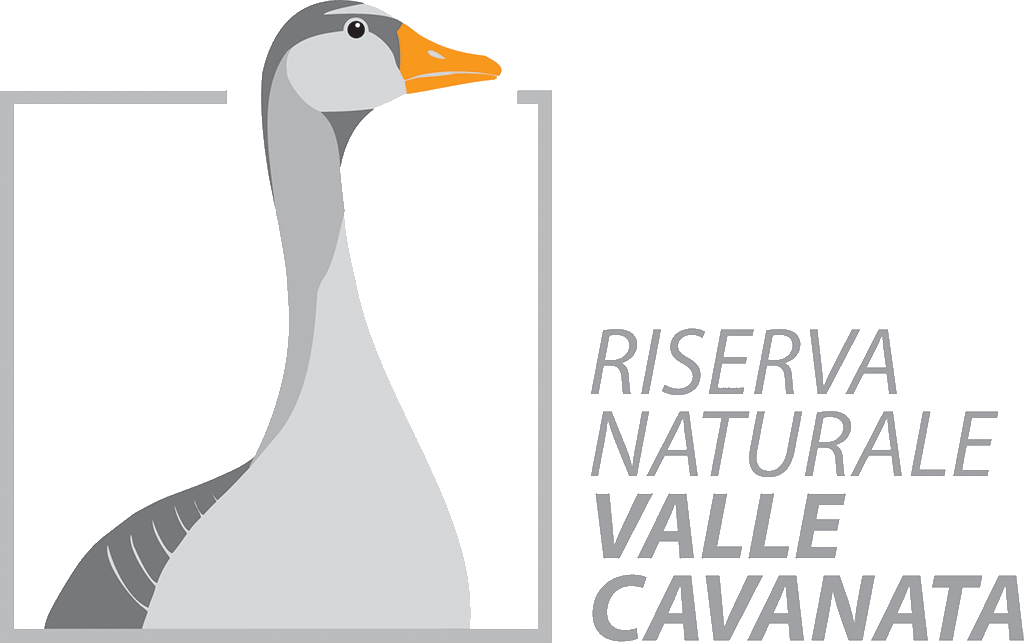Wildlife and botanical monitoring are aimed at evaluating animal and plant communities in their qualitative-quantitative composition over time. Conducting regular monitoring plays a very important role in the management of a Nature Reserve as these are associated with conservation and management activities. The gathering of knowledge of a species or a population is particularly important for preventive or subsequent investigations after the implementation of environmental management and protection work. The techniques to be used are specific to each group being studied and require specialization and constant updating.
Wildlife and botanical monitoring is regularly carried out on the Valle Cavanata Nature Reserve, in order to have a complete overall picture in space and time of the state of the habitats present on the Reserve. In the case of wildlife monitoring, various groups are investigated, including the reserve’s birds, reptiles, amphibians, day-flying lepidoptera, bats, fish fauna and the rare Noble Pen shellfish, Pinna nobilis).
Because of their sensitivity to the make up and structural characteristics of vegetation and habitats, birds represent excellent macro-indicators of environmental quality and are often used as measures of the health of the habitats in which they live. The collection of information on the consistency and distribution of the various bird species by means of extensive, standardized and continuous monitoring over time, following precise scientific methodologies and using the most modern processing methods, provides an accurate evaluation of the reserve’s bird communities’ population trends and their state of conservation, and consequently of the environments they inhabit, thus allowing a correct management of the Reserve with the aim of conserving its biodiversity.
In addition to the activities just described in the Reserve, a bird ringing station for scientific purposes has been present for many years on the Valle Cavanata Regional Nature Reserve.
